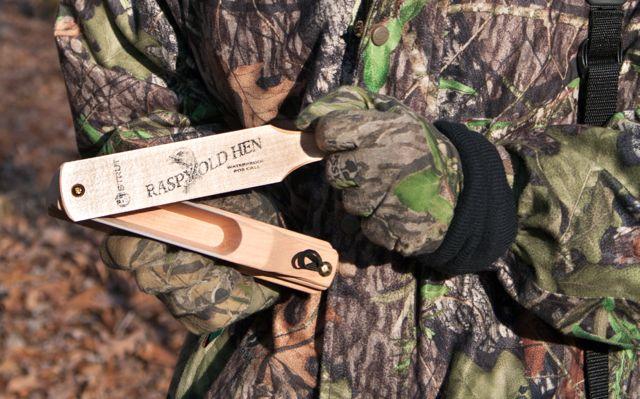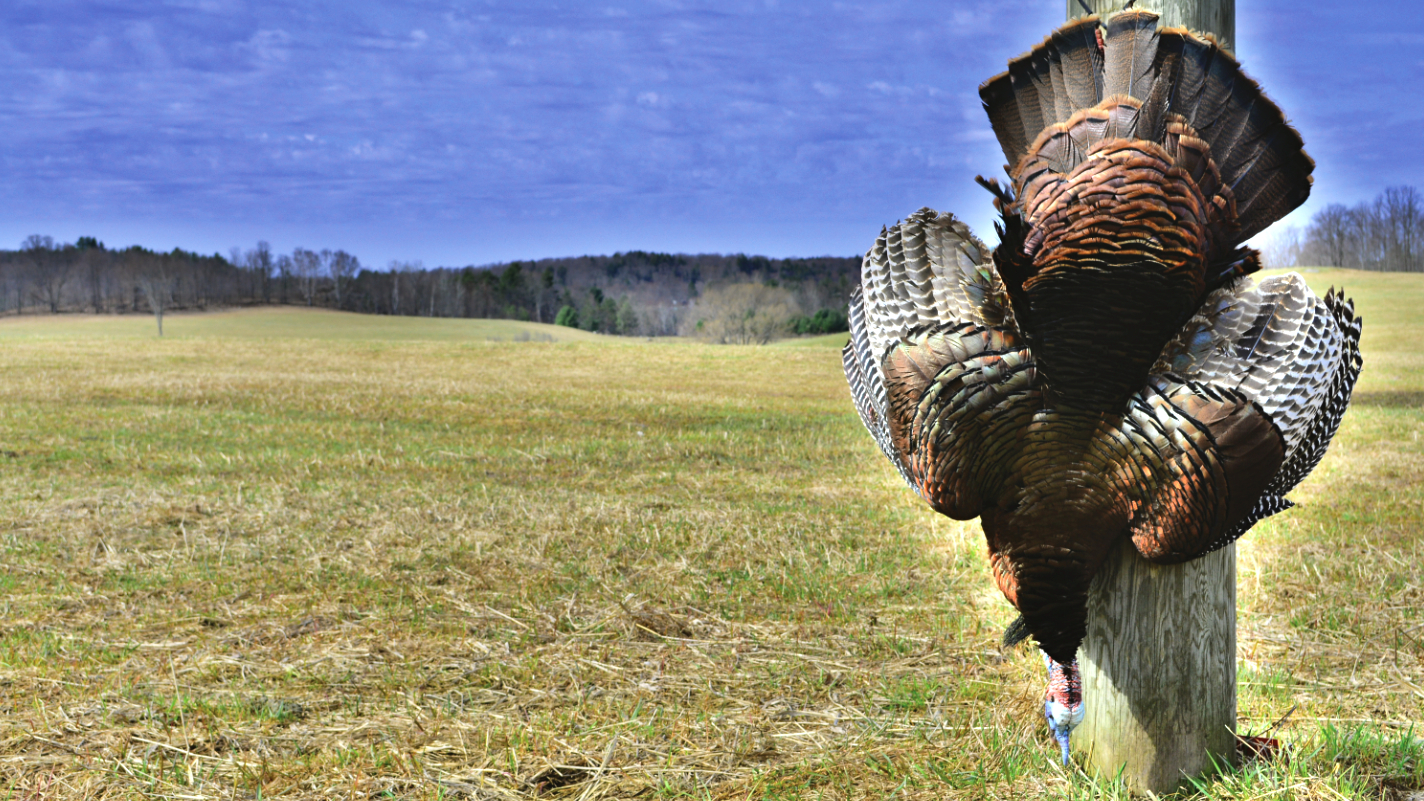Sound check
Before hitting the turkey woods, make sure your calls are up to the task
Advertisement

BOX CALL
A good box call may be most expensive turkey call you’ll ever buy, but it will last a lifetime if you take good care of it. This call’s worst enemies are moisture and extreme heat, and dirt on the paddle or sideboards.
Protection
Advertisement
In wet weather, keep your call in a plastic bag that’s large enough for you to still work the call. While the bag may slightly muffle the sound, the call won’t work at all if it gets wet. And should the call get wet, slowly dry it out once you’re back home, avoiding extreme heat.
You also need to avoid damaging the call by sitting or falling on it, so mind where you carry it when afield. Good turkey vests have a dedicated pouch that allows for easy access and prevents the call from getting crushed or broken. During the off-season, store your call in a dry place.
Cleaning
Advertisement
When a box call gets screechy or loses its sound, it means there’s not enough friction between the paddle and the sideboard. This can happen through normal use, with the bottom of the paddle and the top of the sideboards becoming burnished. Oil and dirt from your hands can also reduce friction.
The remedy is a light scouring with a medium-duty plastic scrubbing pad, not sandpaper. Scrub across the grain and don’t bear down with the pad to avoid hollowing out softer areas in the grain. The goal is to remove all the dirt and sheen without removing any wood, which can change the shape of the paddle or sideboards and ruin the sound of the call.
Similarly, never scrub the coating on a waterproof box call with anything abrasive, or you will remove it. The only cleaning a waterproof call needs is a wipe with a clean, damp cloth.
Chalk
Lightly chalk the bottom of the paddle, but not the sideboards. It’s worth the few extra bucks to buy chalk sold specifically for box calls, as it is pure chalk. Blackboard and sidewalk chalk contain wax or binding agents that will cake up and polish the surfaces of the call. These chalks work initially, but soon need to be removed to restore the call’s proper sound. Violin resin can also be used, but because grime sticks to it, you need to be extra vigilant about keeping the box clean.
Tuning
The call’s paddle screw and spring are tuned by the manufacturer, and set for the best possible sound. These components typically don’t work loose or require adjustment. But if you think the call doesn’t sound right even though it’s been properly cleaned and chalked, try a minor adjustment of the screw. Before you turn it, however, mark the original position so you can return it to the same place if the adjustment doesn’t work.

